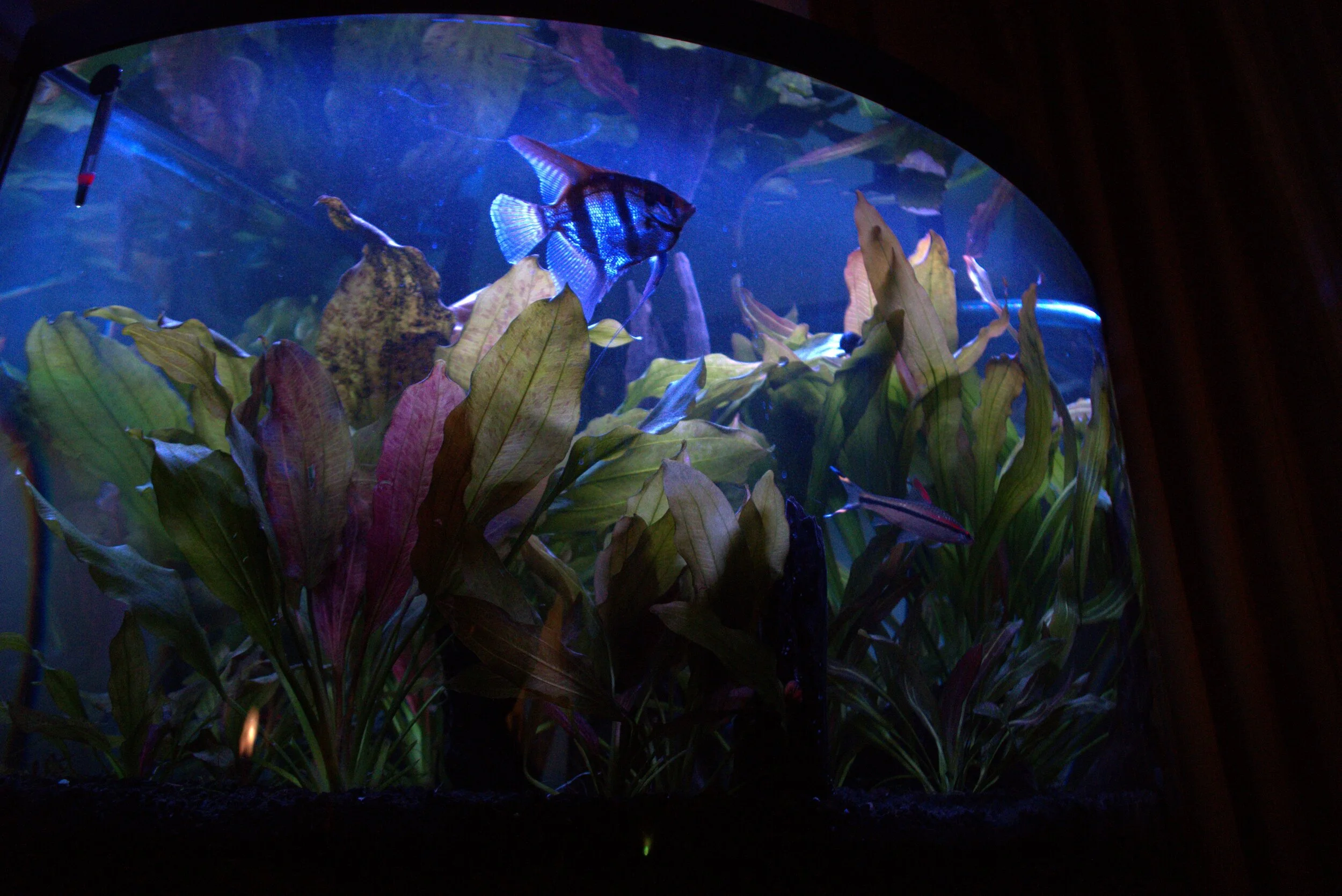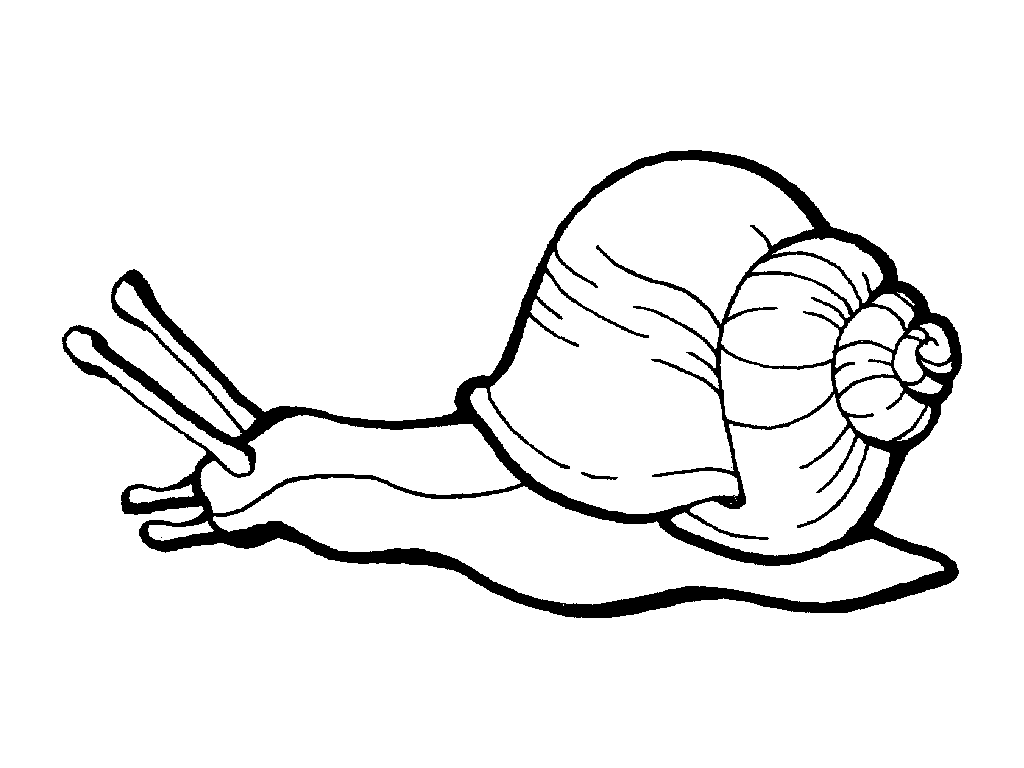About Me
My passion lies in designing sustainable systems.
Professors from my master’s program frequently referred to “the designer’s curse”: the problem of obsessing over details that prevent the perfect experience when interacting with a product or process. I found that I fell to the same affliction and developed a habit to persistently examine experiences part of my daily routines - both opportunities to optimize, and more importantly, pain points that irked me. I realized that these efforts were essentially geared towards optimizing the sustainability of my routines and habits.
I define sustainability is a result of a perfect balance in effort, intuition, and output. While effort may be involved, it’s justified by the ease of experience and end-result.
Professionally, I seek to bring this passion for designing sustainable systems to combating climate change and correcting how we, as humans, integrate into the natural world around us. I believe the designer’s lens is crucial to packaging the complex technology required to enable natural sustainability into user-friendly, intuitive formats that last.
My experiences thus far spanning strategy, engineering, technology, and design support these efforts. As I evolve into my career in design & innovation, I am drawn specifically to managing the overall end-to-end process of bringing to life a desirable, viable, and feasible product.

Fishes helped me decipher the work of the world’s best designer: Nature
The Story
One day, after years of painstakingly scrubbing down my aquarium and its plastic ornaments of algae and other ugly things, I just lost all motivation. I thought to myself, “Why is all of this effort required just to maintain status quo?”
Couple days of mulling went by, until I thought to see how much energy nature spends on maintaining her riverbeds and lakes - because there’s no way all of what I was doing to maintain my sad fish tank was necessary.
I posed a question to myself…
“How might I design this aquarium for sustainability?”
This search led me to biotopes and aquascaping, an aquatic sub-hobby where people creatively build underwater “aquascapes” inspired by full-size counterparts aboveground.
What I built is a realistic biotope of a South American riverbed. All plants are Swords that originate from Amazon rivers and streams, where all but one of the tank’s inhabitants are from as well (I added a yo-yo loach, from Pakistan, to combat snail overpopulation). Snails act as the tank’s janitors, with Nerite snails cleaning up algae and Trumpet snails taking care of excess food, waste, and decaying plant matter.
The correlation I realized through this process was with the three R’s:
-
Reuse
Live plants reuse waste and excess nutrients, oxygenating the water in the process for healthier tank inhabitance. An added benefit with live plants are hiding spots for fish, which enable a calmer tank with less conflict.

-
Reduce
Snails reduce both the amount of excess nutrients and size of waste, which reduce the work required to sustain the system. This also allows for healthier water, allowing both fish and plants to flourish.

-
Recycle
Fish recycle their food, along with decaying plant matter, into forms consumed by snails and plants.



